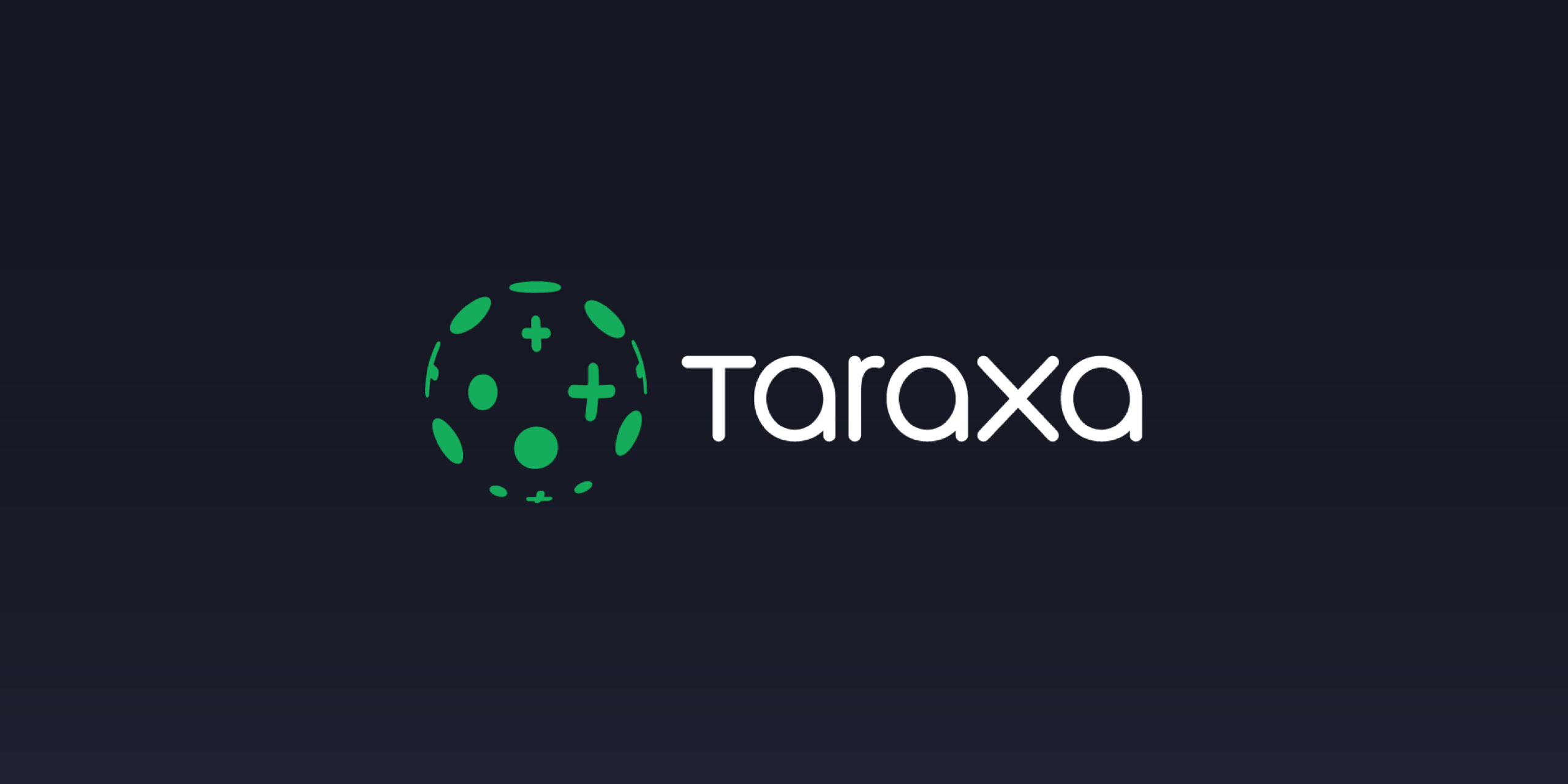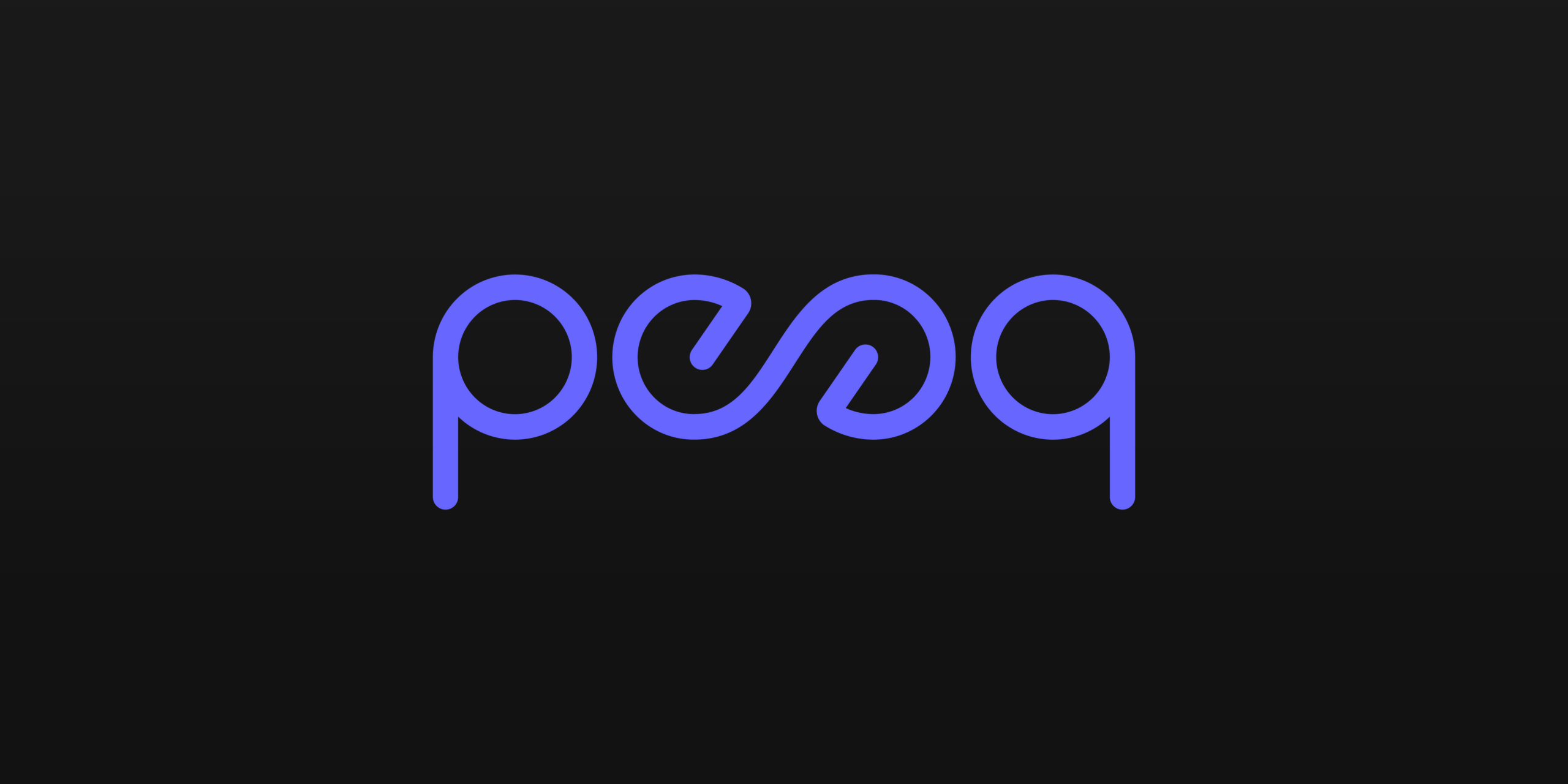Introduction
Taraxa is a project that ambitiously integrates both Layer-1 technology and specific applications. This review aims to objectively evaluate Taraxa, focusing on its innovation, architecture, and other technical aspects without advocating for or against its adoption.
Innovation
Taraxa’s innovation lies in its unique approach to combining Layer-1 infrastructure with application development. This strategy ensures that the technology is precisely aligned with application requirements, fostering a more harmonious and efficient ecosystem.
Architecture
The architecture of Taraxa is distinct for several reasons:
- High Throughput with True Finality: It promises high transaction throughput without compromising security or decentralization.
- Block DAG Topology: Taraxa employs a block-directed Acyclic Graph (DAG) topology instead of a traditional single-chain structure, allowing for scaling and maintaining security simultaneously.
- Eco-friendly Consensus Algorithms: By integrating Verifiable Random Function (VRF) and Verifiable Delay Function (VDF) algorithms, Taraxa moves away from Proof of Work (PoW) towards a more environmentally sustainable model.
Code Quality
The quality of Taraxa’s code is a crucial aspect. While this review does not include a direct code audit, advanced algorithms like VRF and VDF indicate a commitment to leveraging cutting-edge technology to enhance network performance and security.
Product Roadmap
Understanding Taraxa‘s product roadmap is essential for assessing its future potential. However, this review does not delve into specific roadmap details, focusing on the project’s current technical standing.
Usability
Taraxa’s usability hinges on its ability to finalize high transaction volumes rapidly, which is particularly advantageous for high-value transactions and smart contracts, as it ensures reliability and speed.
Taraxa Team
While the specifics of the team’s background are outside the scope of this review, it’s worth noting that the successful implementation of such innovative technology typically requires a highly skilled and experienced team.
Conclusion
Taraxa stands out in the crowded blockchain space with its integrated Layer-1 and application approach, DAG architecture, and environmentally friendly consensus algorithms. Its potential for scalability, security, and rapid transaction finalization positions it as a noteworthy project in the blockchain ecosystem. However, as with any emerging technology, its long-term success will depend on executing its roadmap and continuously adapting to the rapidly evolving blockchain landscape.
| Initial Screening | |||
| Keep researching | |||
| Does this project need to use blockchain technology? | Yes | ||
| Can this project be realized? | Yes | ||
| Is there a viable use case for this project? | Yes | ||
| Is the project protected from commonly known attacks? | Yes | ||
| Are there no careless errors in the whitepaper? | Yes | ||
| Project Technology Score | |||
| Description | Scorecard | ||
| Innovation (Out Of 11) | 11 | ||
| How have similar projects performed? | Good | 2 | |
| Are there too many innovations? | Regular | 2 | |
| Percentage of crypto users that will use the project? | Over 11% | 5 | |
| Is the project unique? | Yes | 2 | |
| Architecture (Out of 12) | 8 | ||
| Overall feeling after reading whitepaper? | Medium | 1 | |
| Resistance to possible attacks? | Good | 2 | |
| Complexity of the architecture? | Not too complex | 2 | |
| Time taken to understand the architecture? | 20 – 50 min | 1 | |
| Overall feeling about the architecture after deeper research? | Medium | 2 | |
| Has the project been hacked ? | No | 0 | |
| Code Quality (out of 15) | 12 | ||
| Is the project open source? | Yes | 2 | |
| Does the project use good code like C,C++, Rust, Erlang, Ruby, etc? | Yes | 2 | |
| Could the project use better programming languages? | No | 0 | |
| Github number of lines? | More than 10K | 1 | |
| Github commits per month? | More than 10 | 2 | |
| What is the quality of the code? | Good | 2 | |
| How well is the code commented? | Bad | 0 | |
| Overall quality of the test coverage? | Outstanding | 2 | |
| Overall quality of the maintainability index? | Good | 1 | |
| When Mainnet (out of 5) | 5 | ||
| When does the mainnet come out? | Mainnet Ready | 5 | |
| Usability for Infrastructure Projects (out of 5) | 5 | ||
| Is it easy to use for the end customer? | Medium | 5 | |
| Team (out of 7) | 6 | ||
| Number of active developers? | 5+ | 2 | |
| Developers average Git Background? | Senior | 2 | |
| Developers coding style? | Solid | 2 | |
| Total Score (out of 55) | 45 | ||
| Percentage Score | |||
| Innovation | 20.00% | ||
| Architecture | 14.55% | ||
| Code Quality | 21.82% | ||
| Mainnet | 9.09% | ||
| Usability | 5.45% | ||
| Team | 10.91% | ||
| Total | 81.82% |





